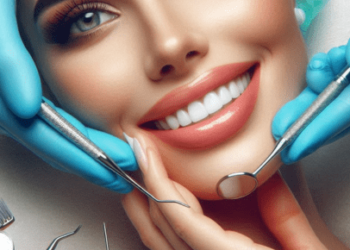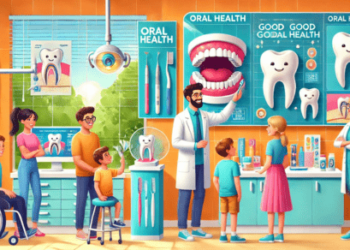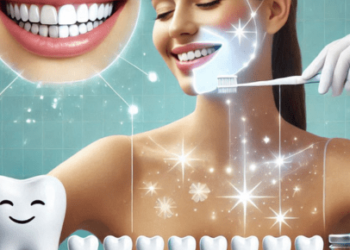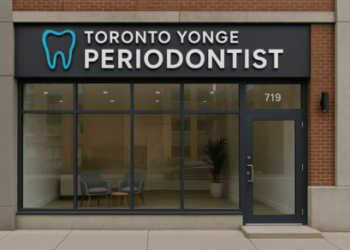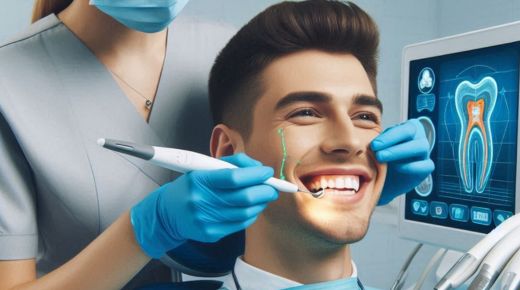
Misalignment can affect not just how a smile looks but also how it functions. Cosmetic dentistry offers solutions that are both effective and aesthetically pleasing. One popular option is the use of veneers. veneers Waterford can transform crooked or uneven teeth into a straight, bright smile. They provide a quick and lasting fix without the need for braces or aligners. Understanding how veneers work and what to expect can help in making an informed decision about correcting misalignment.
Types of Cosmetic Dentistry for Misalignment
When it comes to correcting misalignment, cosmetic dentistry offers a few reliable options. These can be tailored to fit individual needs and goals. Here are three common methods:
- Veneers: Thin shells are placed on the front of teeth to cover imperfections.
- Clear Aligners: Removable trays that gradually shift teeth into place.
- Bonding: A tooth-colored resin used to fix small misalignments or gaps.
Each of these options has its own benefits. Veneers are quick and provide instant results. Clear aligners are less noticeable and allow for easy maintenance. Bonding is often the least invasive option.
Comparing Different Treatments
Choosing the right treatment involves considering various factors such as time, cost, and desired results. Let’s take a closer look at how veneers, clear aligners, and bonding compare:
| Treatment | Time Required | Cost | Durability |
| Veneers | 1-2 weeks | High | 10-15 years |
| Clear Aligners | 6-18 months | Moderate | Lifetime with proper care |
| Bonding | 1 visit | Low | 3-10 years |
These treatments vary not only in cost and time but also in how long they last. Veneers provide a long-term solution but come at a higher cost. Clear aligners are a middle-ground option with good durability. Bonding, while cheaper, might need updates more frequently.
Understanding the Process
The process for each cosmetic treatment is straightforward. For veneers, the dentist will remove a small amount of enamel before placing the veneers. This ensures a perfect fit and natural appearance. According to the National Institute of Dental and Craniofacial Research, this step is crucial for long-lasting results.
Clear aligners require a series of custom-made trays. These trays shift the teeth over time. Regular check-ups help track the progress and make adjustments when needed. Bonding involves applying a resin that is shaped and polished to match the rest of the teeth. This can often be completed in a single visit.
Considerations Before Choosing a Treatment
Before deciding on a treatment, it’s important to consider individual needs and lifestyle. Veneers might be perfect for someone looking for an instant transformation. Clear aligners suit those who prefer a subtle approach. Bonding is ideal for quick fixes and minor adjustments.
Consulting with a dentist can provide clarity on which option aligns best with personal goals. The American Dental Association provides resources and information to guide these decisions and ensure the best outcome.
Conclusion
Correcting dental misalignment with cosmetic dentistry is a personalized journey. With options like veneers, clear aligners, and bonding, achieving a straight, confident smile is within reach. Each method has its benefits and can cater to different preferences. Understanding these options and consulting with a professional can help ensure the right choice is made. A brighter smile can enhance not only appearance but also self-esteem and oral health.


